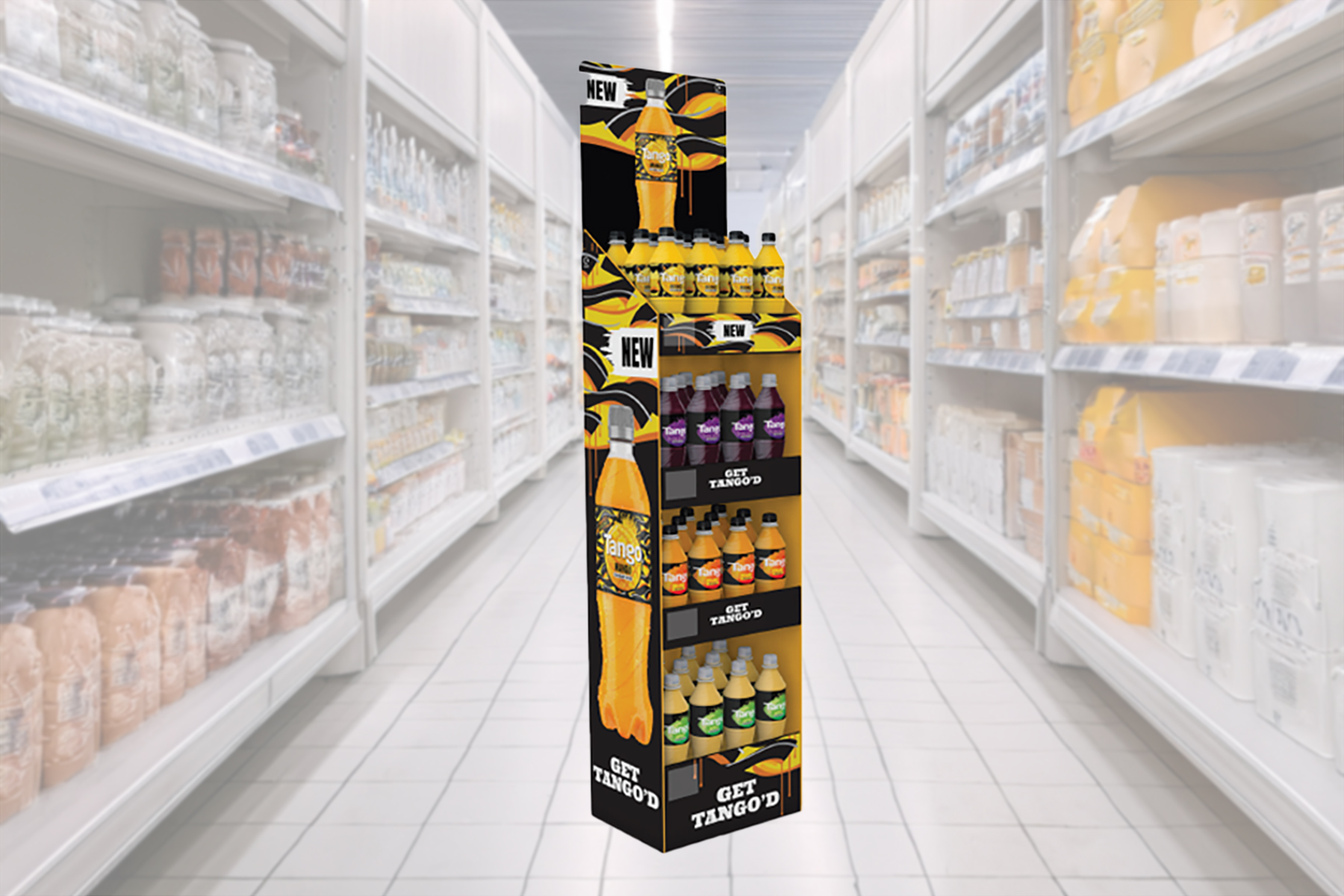When point of sale is used effectively, it plays an important role in generating a purchase. Here's our guide on how it works and how to use it.
As a convenience store owner, you probably have a clear idea of who your regular customers are and their purchasing habits. Most convenience store shoppers visit their chosen store several times a week, meaning they are very familiar with the layout of the store which helps them quickly find the items they intend to purchase. In fact 9 in 10 shoppers have already made decisions on what they are going to buy before they arrive at your store, but this doesn’t mean that shoppers can’t be influenced once they get inside. Even habitual shoppers can be disrupted by point of sale as their shopping routines are challenged.
Why use point of sale?
When point of sale is executed effectively, it plays an important role in generating a purchase, in fact 30% of promoted soft drinks bought in store are not planned. In crowded chillers, point of sale can make the decision for the shopper and shoppers who can make quicker decisions tend to make more purchases. Beyond the chiller, the presence of multiple touchpoints throughout the store has a positive impact on decisions and the closer the POS to the purchase location, the better the outcomes.







